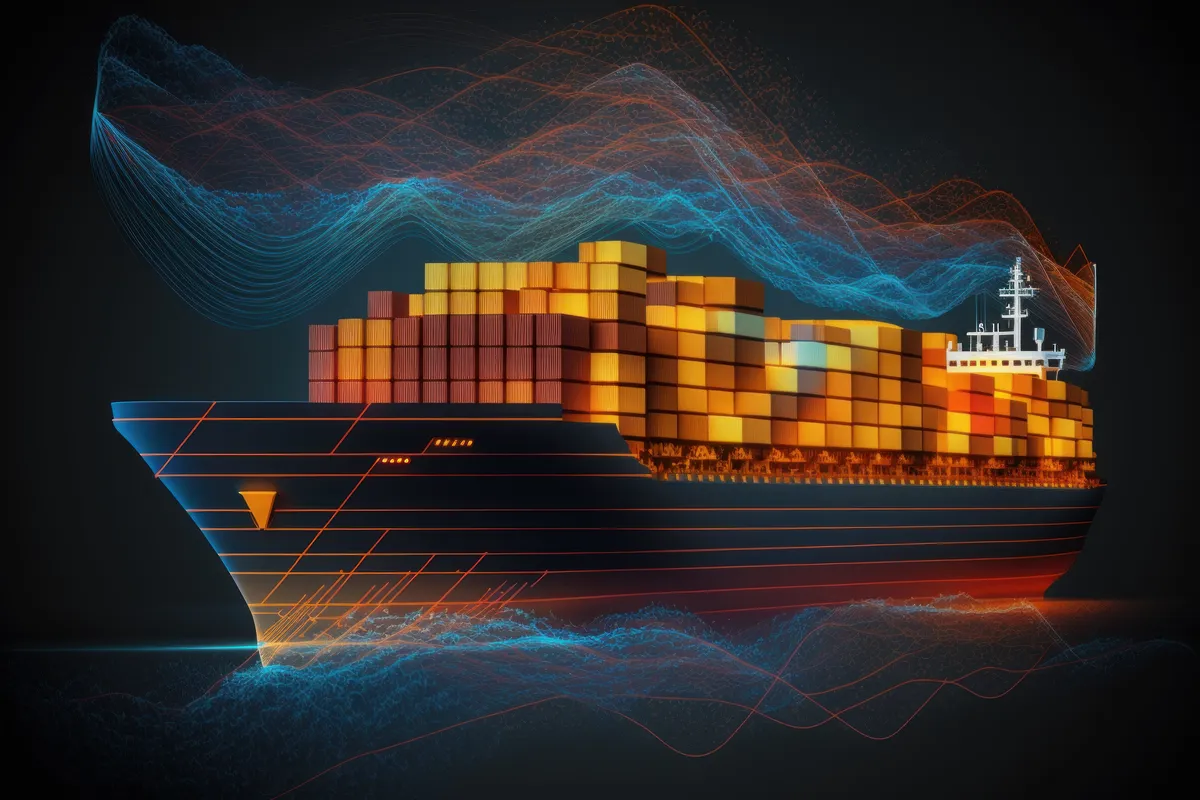The International Maritime Organization published a document submitted by RINA to the 82nd session of the Marine Environment Protection Committee (MEPC). It provides an update on an ongoing project by the Mærsk Mc-Kinney Møller Center for Zero Carbon Shipping (MMMCZCS). The project's primary focus is to evaluate the Carbon Intensity Indicator (CII), a regulatory measure designed to assess and improve the energy efficiency of ships. The evaluation involves analyzing operational data from various ship types—specifically container ships, tankers, and bulk carriers. This update builds on previous work reported in an earlier document (MEPC 81/6/13).
Data Collection and Analysis
The study collects detailed operational data from different ship categories over a year, covering around 17 million tonnes of fuel consumption, which represents approximately 8% of the 2022 DCS (Data Collection System) fuel consumption. The analysis focuses on the fuel consumption profiles of these ships, examining how fuel is used during sea passages (when the ship is "at sea") and port stays (when the ship is "not at sea"). The data set includes nearly 105,000 voyages from almost 2,000 ships, with detailed information on various operational modes and energy consumers on board.
Key Findings on Operational Modes and Fuel Consumption
- Fuel Consumption Profile: The analysis categorizes fuel consumption into two primary operational modes: "at sea" and "not at sea." It further breaks down the consumption between propulsion (main engine use) and other energy demands (auxiliary engines and boilers) required for cargo and hotel loads. The data shows that a significant portion of emissions occurs during sea passages, with propulsion being the major contributor.
- Energy Efficiency Measures: The study highlights the importance of various factors in reducing fuel consumption and emissions, such as ship design, voyage planning, ship utilization, and energy management systems. It also suggests that improving energy efficiency is crucial not just for reducing emissions but also for mitigating the increased demand for alternative fuels.
Exploring Alternative Metrics: AER vs. EEOI
The document explores two key metrics to potentially improve the CII framework:
- Annual Efficiency Ratio (AER): A measure based on CO2 emissions per unit of transport work (distance x DWT).
- Energy Efficiency Operational Indicator (EEOI): A measure based on CO2 emissions per actual transport work, such as distance x transported cargo (TEU for container ships or actual cargo weight for tankers and bulk carriers).
The analysis finds that while AER does not correlate well with ship capacity utilization, EEOI does. Ships with higher capacity utilization tend to have better (lower) EEOI scores, which indicates more efficient cargo transport. However, verifying cargo carried (as required for EEOI) could be challenging from a regulatory perspective.
Consideration of Propulsion-Only Metrics
The study also considers a propulsion-only version of the EEOI, which focuses solely on emissions from the main engine during sea passages. This approach minimizes the impact of non-propulsion-related fuel consumption (such as in-port operations) on the ship's efficiency rating. The analysis shows that ships previously rated poorly under the general EEOI metric might receive better ratings under this propulsion-only metric if their inefficiency was primarily due to factors like excessive waiting times.
In-Port and Auxiliary Power Emissions
The document highlights that while the main engine is the primary source of emissions, a considerable amount is also generated by auxiliary engines and boilers, especially in-port. It suggests that a regulatory framework could be developed to manage and reduce these emissions, potentially through an energy management system. This could involve tracking and regulating hourly emissions from auxiliary engines and boilers both in-port and at sea.
Conclusions and Recommendations
Based on the analysis, the document suggests two promising approaches for improving the CII metric:
- EEOI to Encourage Capacity Utilization: This metric could incentivize ships to maximize their cargo loads, thereby improving overall transport efficiency.
- Propulsion-Only Metric for Sea Passages: This metric could encourage more efficient voyage planning and operation by focusing on the emissions directly related to propulsion.
The document also notes that further work is needed to develop appropriate metrics for other ship types not covered in this study, such as ice-class ships and those with diesel-electric propulsion. Additionally, challenges related to verifying cargo loads and dealing with regional and geopolitical factors need further investigation.
Action Requested
The MEPC is invited to consider the findings and recommendations presented in the document and to take appropriate actions to improve the CII framework. This may include revising existing metrics, developing new regulatory frameworks, and continuing to collect and analyze operational data to enhance the overall energy efficiency of the shipping industry.
Related Documents
The document references related submissions and documents, including MEPC 81/6/13, MEPC 82/6, and MEPC 82/6/22, which provide further context and detailed analysis related to the ongoing evaluation of the CII and energy efficiency regulations.
LINK TO ACCESS THE DOCUMENT

Sign up for our newsletter
It's free. No spam. Cancel anytime.









Related News
Most important regulatory news published in the last week
Jan 21, 2025
Isle of Man: Key changes to marine casualty reporting
Jan 17, 2025
Updated IMO guidelines for GMDSS radio installations on SOLAS ships
Jan 17, 2025